When Was Anime First Introduced To America
The vast amount of Japanese anime available to North American audiences isn't a new affair. The truth is, the U.S. has imported this type of animated fare to their shores for decades. As far back equally the early on 1960s, to exist exact.
Most of these programs premiered in syndication for local and independent channels. The offset ten anime introduced in the U.S. ran the gamut of genres and prepared viewers for the onslaught of anime that would begin in the 1980s.
10 Astro Boy (1963) Was The First Anime Superhero
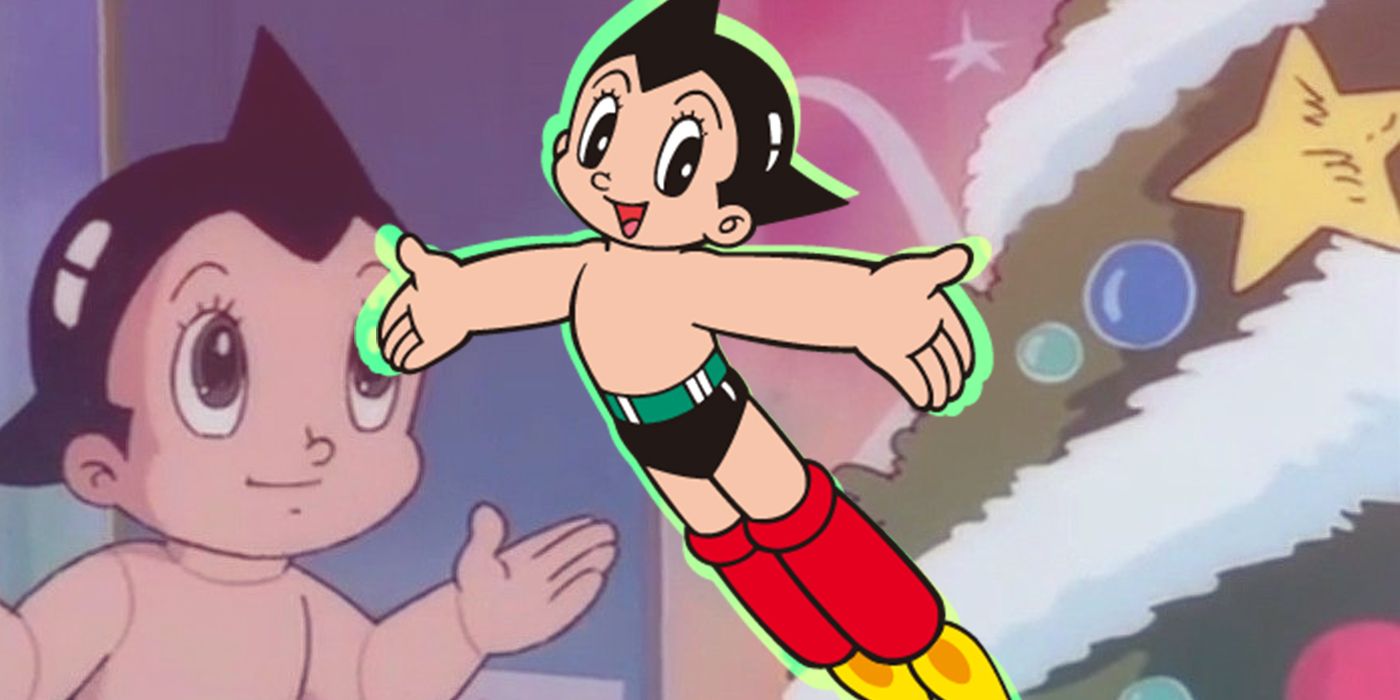
The first series to exist imported from Japan was the archetypeAstro Boy. Created in 1952 for manga readers by creative person Osamu Tezuka, the animated version was released in syndication past NBC Enterprises a decade later for Tv set viewers. The testify introduced a grade of animation that felt dissimilar. Though sparse, like the shows Hanna-Barbera provided to the networks,Astro Boylikewise seemed smoother with fleshed-out characters.
The principal departure the science-fiction drawing had over others was its tragic backstory. A scientist created Astro Boy to look and sound similar his expressionless son. Rescued from an evil circus by Professor Ochanomizu, who becomes his surrogate father, the android child with emotions decides to assist protect his metropolis from various threats. While at that place were four seasons ofAstro Male childfabricated in Nihon, merely the first two aired in the U.S.
9 Gigantor (1964) Influenced Hereafter Behemothic Cartoon Robots Like Frankenstein Jr.
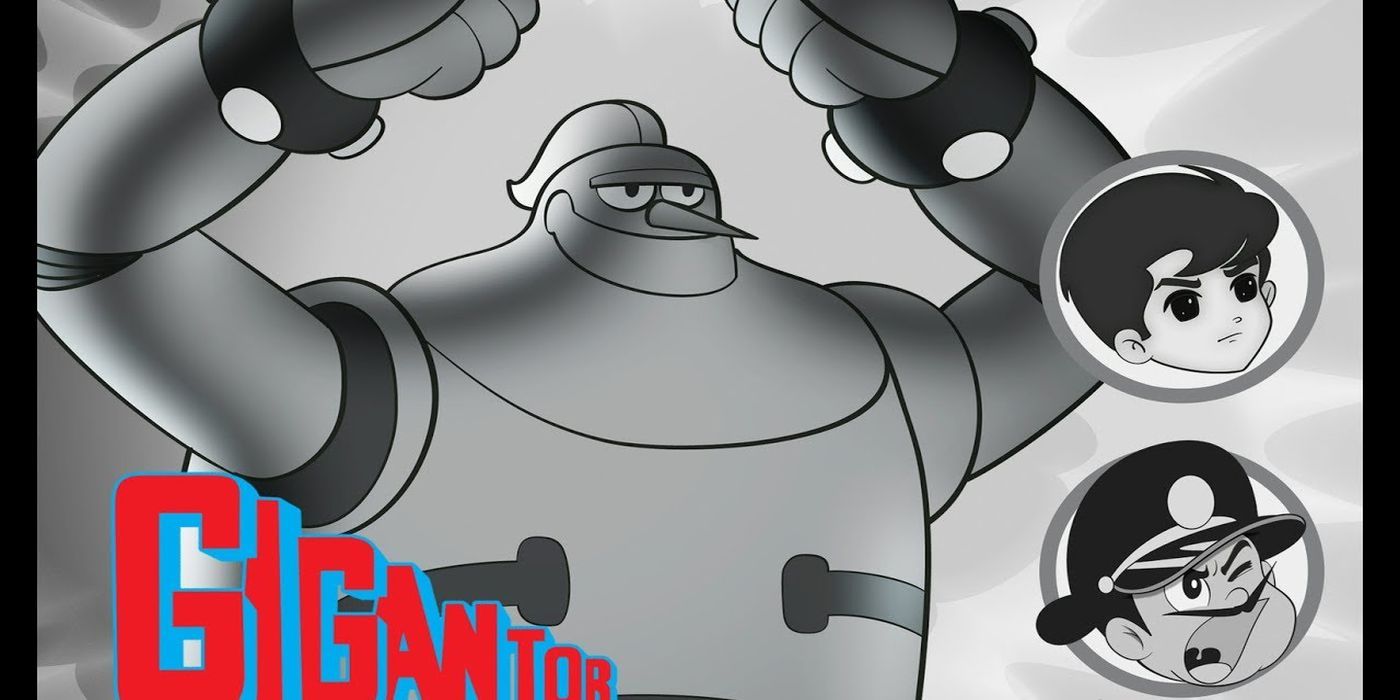
Gigantor,imported into the syndicated U.S. market past Trans-Lux television, was historical for several reasons. The behemothic metal robot, created for manga by Mitsuteru Yokoyama, was the kickoff such existence to appear on American televisions. Furthermore, information technology influenced U.S. animators to create their own behemothic superhero robots.
Set in the year 2000,Gigantortells the story of 12-yr-quondam Jimmy Sparks and his remote-controlled "Iron Man." Originally designed as a weapon by Jimmy's father, he was reprogrammed to be a guardian of peace, even if it meant smashing other robots to pieces. The premiere of the drawing in the U.Due south. inspired creators at Hanna-Barbera to develop their own kid genius-robot superhero combo in 1966 — Frankenstein Jr.
eight 8th Man (1965) Became Anime'south Showtime Cyborg Superhero
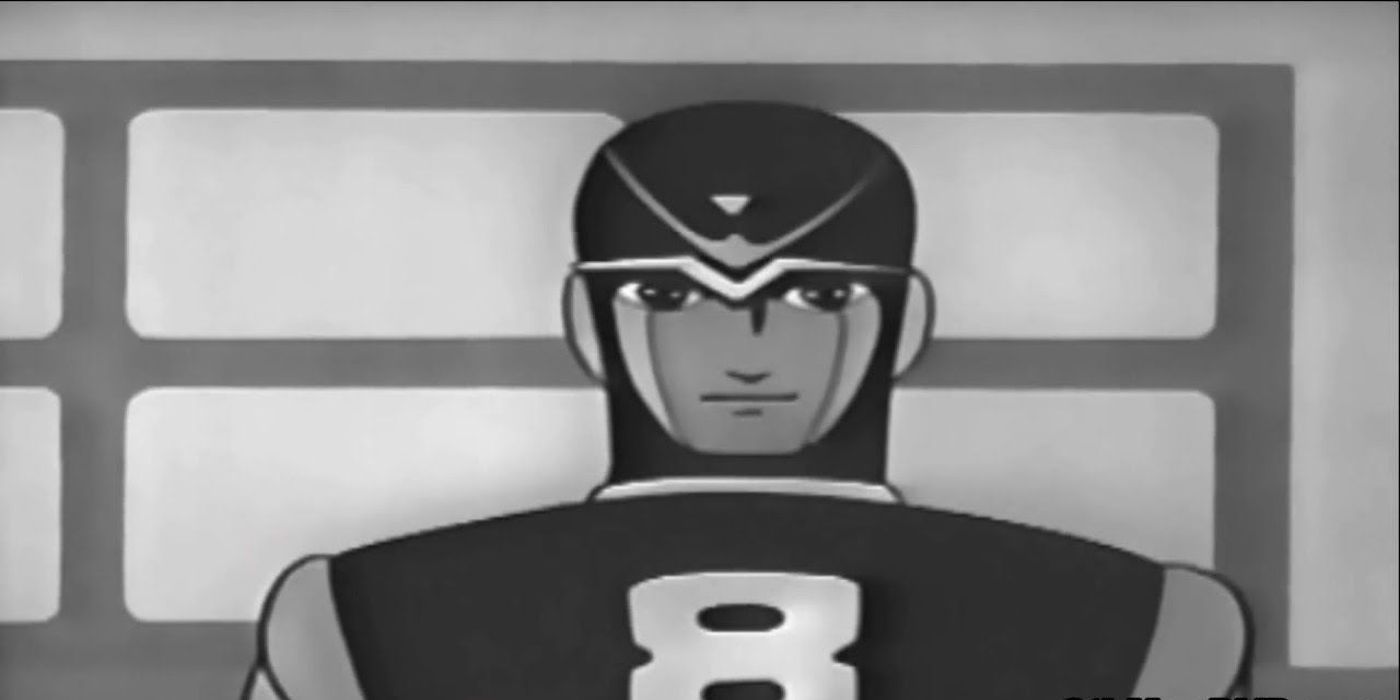
WhereGigantorwas anime'due south first robot superhero,8th Human beingis considered the genre's get-go cyborg superhero. In fact, he pre-dates superheroes in the U.S. market in both comics and television shows. This makes the hero, created past writer Kazumasa Hirai and manga artist Jiro Kuwata, somewhat legendary.
8th Man's backstory wasn't conducive to American cartoon audiences of the 1960s. Murdered by criminals, Detective Yokoda is subjected to an experiment in cyborg replacements that failed seven previous times. Hence, the graphic symbol's superhero proper name. He is granted enhanced speed and the power to morph into other people. To maintain his powers, the 8th Man smoked a grade of energy cigarettes.
7 Kimba The White Lion (1966) Was The Potential Precursor To The King of beasts King
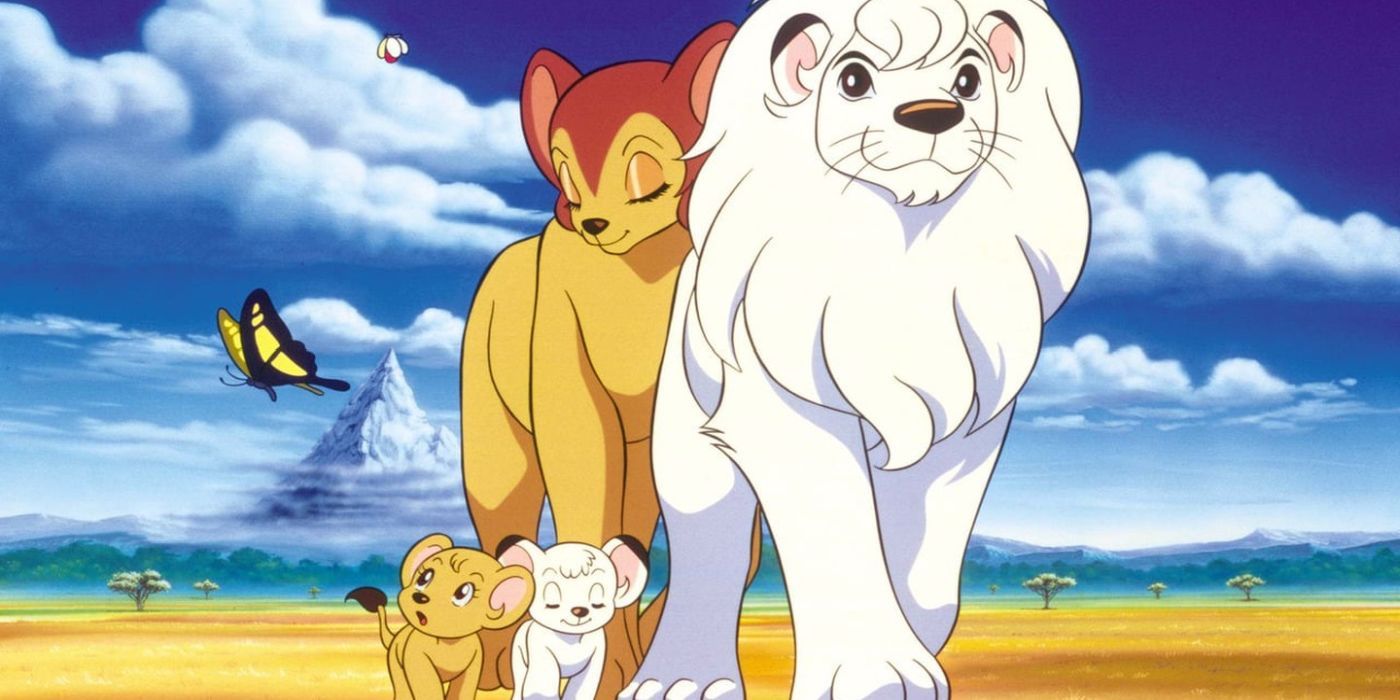
Kimba the White Lionmight sound familiar to some. In the 1990s, during the release of Disney'sThe King of beasts King, fans of the 1960s anime saw many similarities between the movie and the television show. Even voice actor Matthew Broderick thought the moving-picture show was based on the original program, which began in U.Southward. syndication in 1966.
Regardless if it was or not,Kimba the White Lionhas a historic significance to both the Japanese and American television markets. Taken from a manga written and illustrated by Osamu Tezuka, it became the beginning anime to be released in color. Furthermore, it was the first anthropomorphic anime to appear in the U.S.
six Marine Boy (1966) Might Have Been Equal In Power To Aquaman
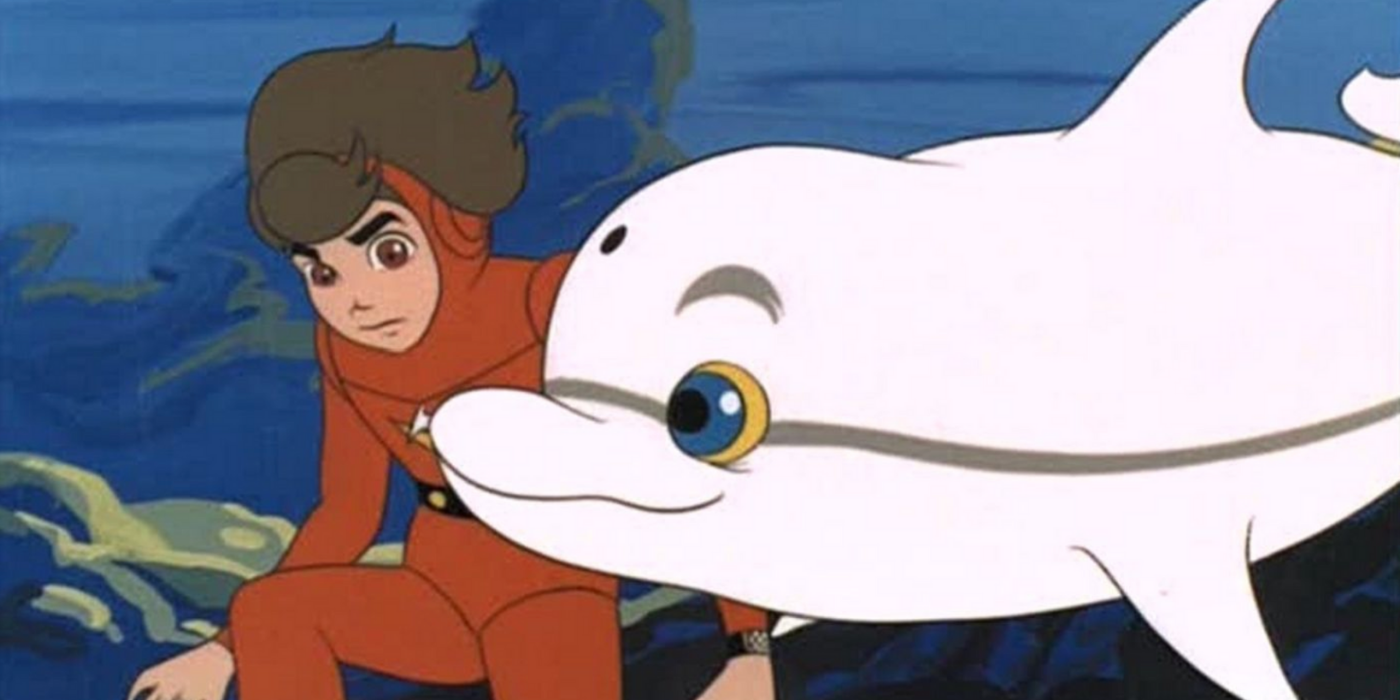
Non only wasMarine Male childthe second anime to be in colour, but information technology was also the outset one not to previously come up from a manga. Created past Minoru Adachi and the blitheness company Japan Tele-Cartoons, it was brought to North American shores by Seven Arts Television. From there, information technology remained on syndicated television schedules for a year.
The serial is prepare in a future where mankind has finally harnessed the power of living under the sea. A talented boyfriend who works with the Bounding main Patrol, Marine Male child, is provided with a wetsuit and weapons to tackle dangerous missions. These range from battling giant body of water creatures to infiltrating bounding main pirates. His greatest weapon is a boomerang made of super-strong alloy. When it strikes an object, the boomerang emits an electric pulse so potent that it tends to crusade the items to explode.
five Prince Planet (1966) Observed Earthlings To Deem Them Eligible For The Galactic Union
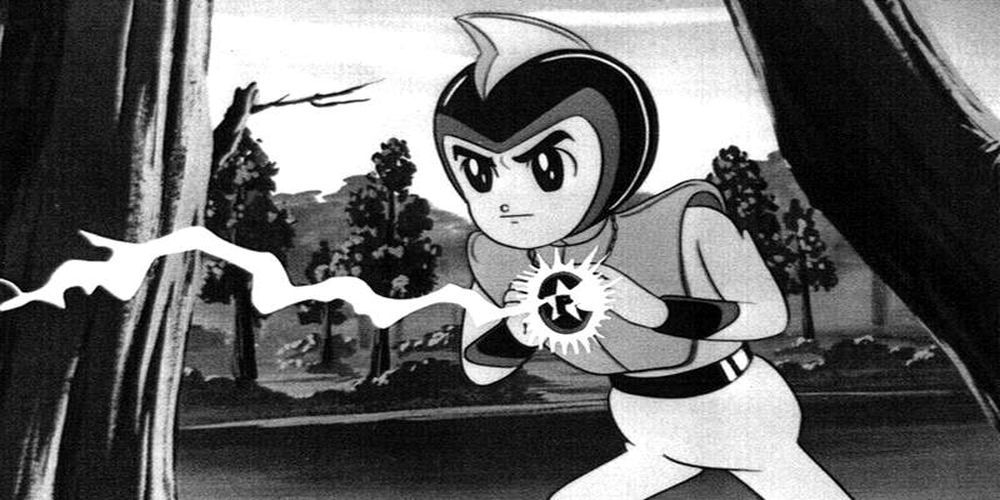
Prince Planetwas another serial that wasn't originally based on a manga. Instead, it was released in 1965 on Japan's Fuji Boob tube. Information technology became ane of the first anime to receive some heavy merchandising in that country. Not so much in the U.s.a..
That'southward a shame becausePrince Planetintroduced a subject that eventually became mutual in animated and live-action shows. The main character is a fellow member of the Universal Peace Corps. He comes to Earth to determine if the planet is eligible to be part of the Galactic Union of Worlds. To do so, he adopts the persona of a school-age boy to mankind things out.
4 Speed Racer (1967) Is The Almost Famous Anime Import Of The 1960s
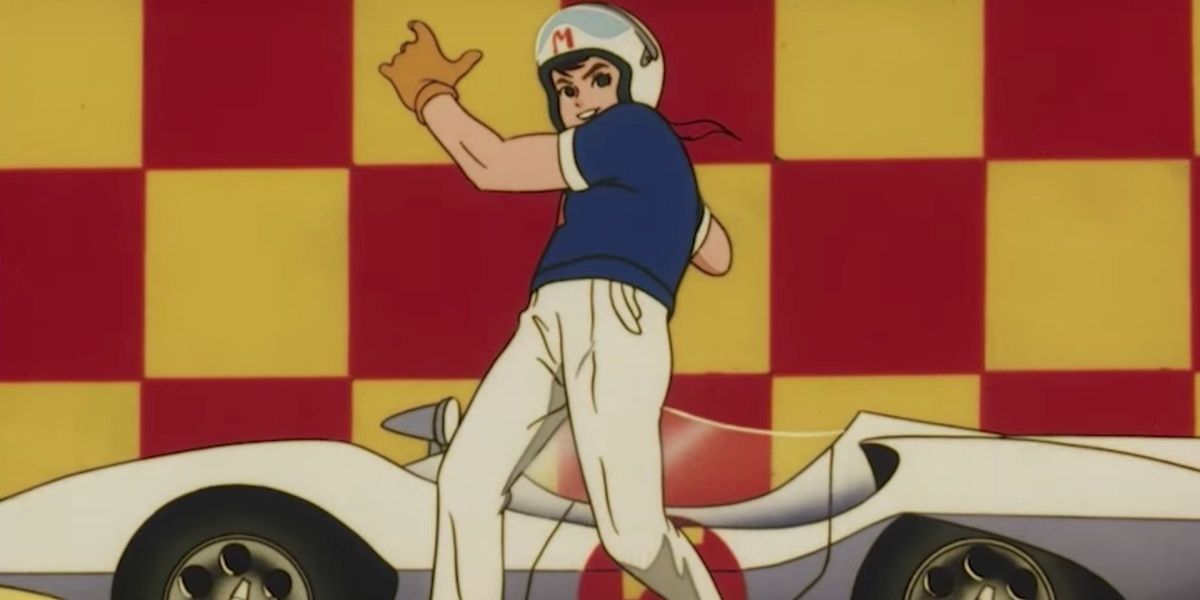
Though many viewers of 1960s tv set fondly remember sure anime programs, none are as well-received as the 1967 importSpeed Racer. Perhaps it's due to the main character, Speed. Maybe information technology's due to his spiffy racecar, the Mach 5. Most probable, information technology's due to one of the catchiest theme songs in history.
Originally released in manga form asMach GoGoGo,the series about a racing family with a souped-up car is an example of 1 of the first international anime franchises. Its characters — Speed, his girlfriend Trixie, and his brother, the mysterious Racer X, accept been emulated by other media forms over the terminal half-century. A alive-action motion-picture show of the aforementioned proper noun, released in 2008, tried to maintain the themes and mode of the original anime.
3 The Amazing Three (1967) Featured A Trio Of Aliens Who Observe World For Potential Destruction
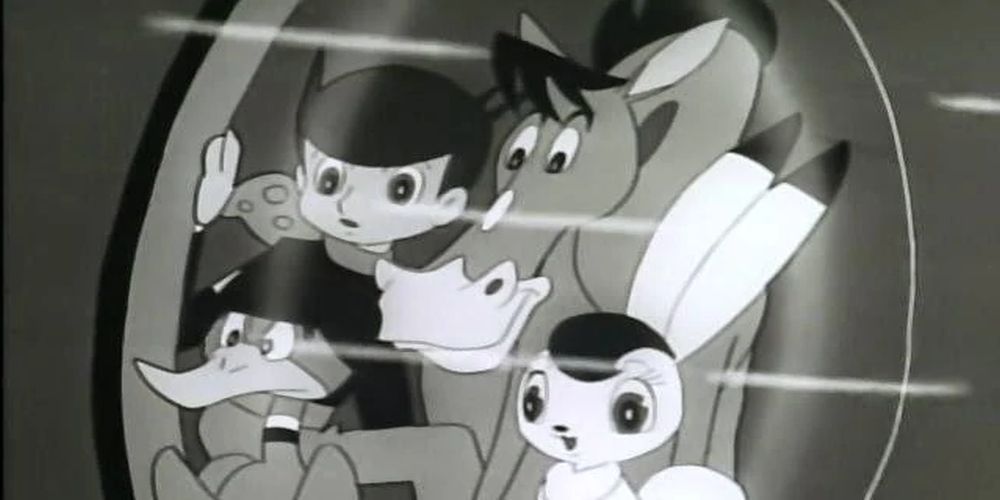
WherePrince Planet'southwardresponsibleness was to make up one's mind if Earth could join an intergalactic wedlock, the aliens ofThe Amazing Threewere sent to the planet to see if it needed to be destroyed. Peradventure this is the reason why it only aired in syndication on two contained networks in Los Angeles and New York, respectively.
Created for manga by Osamu Tezuka, the anime version featured the three conflicting agents in the form of a rabbit, a horse, and a duck. Eventually, the trio befriends a young boy and learns that World isn't the cracking threat other planets think it is.The Astonishing Three is unique equally it was one of the start anime to utilize a Due north American method that allowed a single illustrator to draw an individual character.
ii Battle Of The Planets (1978) Ushered In A New Era Of Anime Imports
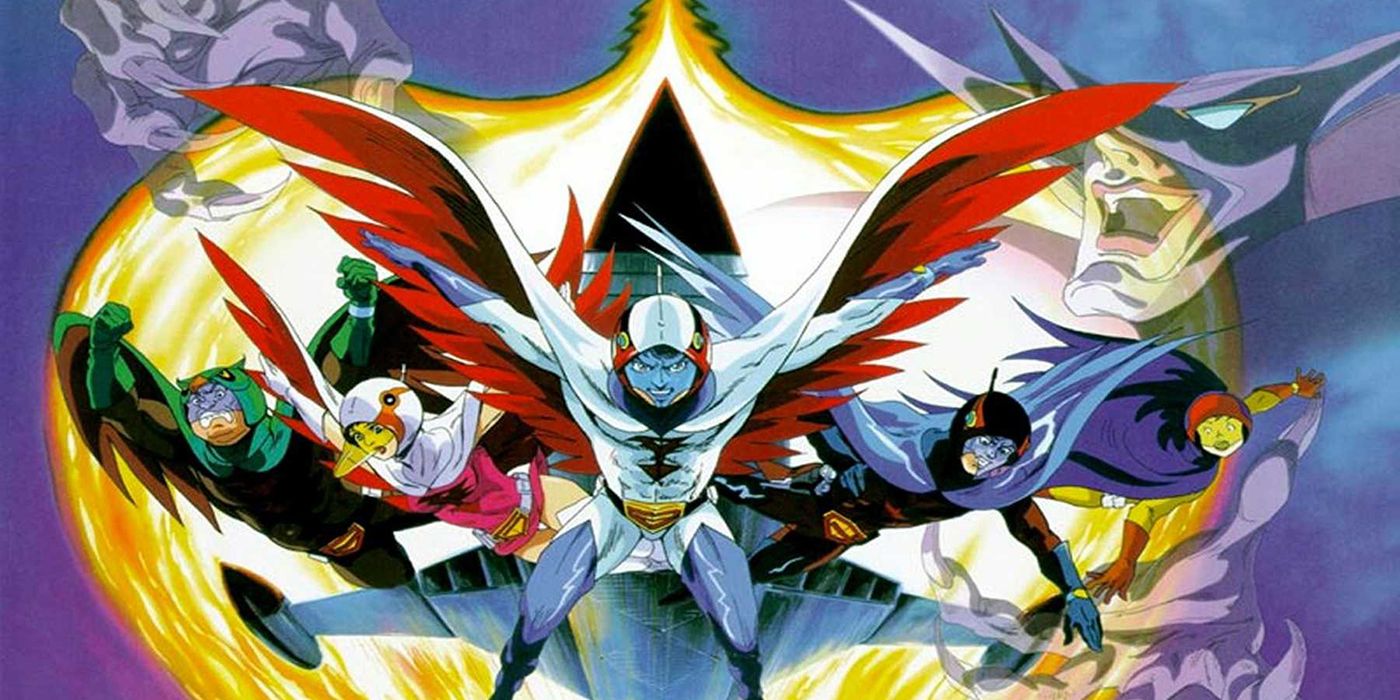
Though there were enough of anime series created in the late 1960s and 1970s, few if any of them fabricated it to North American shores. However, thanks to the immense popularity ofStar Wars, television networks began to await for anything to carry on its science-fiction momentum. One of the offset was an anime series that actually premiered in Japan in 1972.
That would beScience Ninja Team Gatchaman.Fans of the series known its U.S. version asBattle of the Planetsor merelyYard-Force. Released past Sandy Frank Productions in 1978, it starred a quintet of costumed immature adults with enhanced abilities. They flew to their destinations in a arts and crafts known every bit thePhoenix. When needed, they could transform the craft into a fiery bird-like vehicle. For many,Boxing of the Planetsbecame their introduction to anime.
1 Star Blazers (1979) Ushered In The Genre Of Blithe Infinite Opera
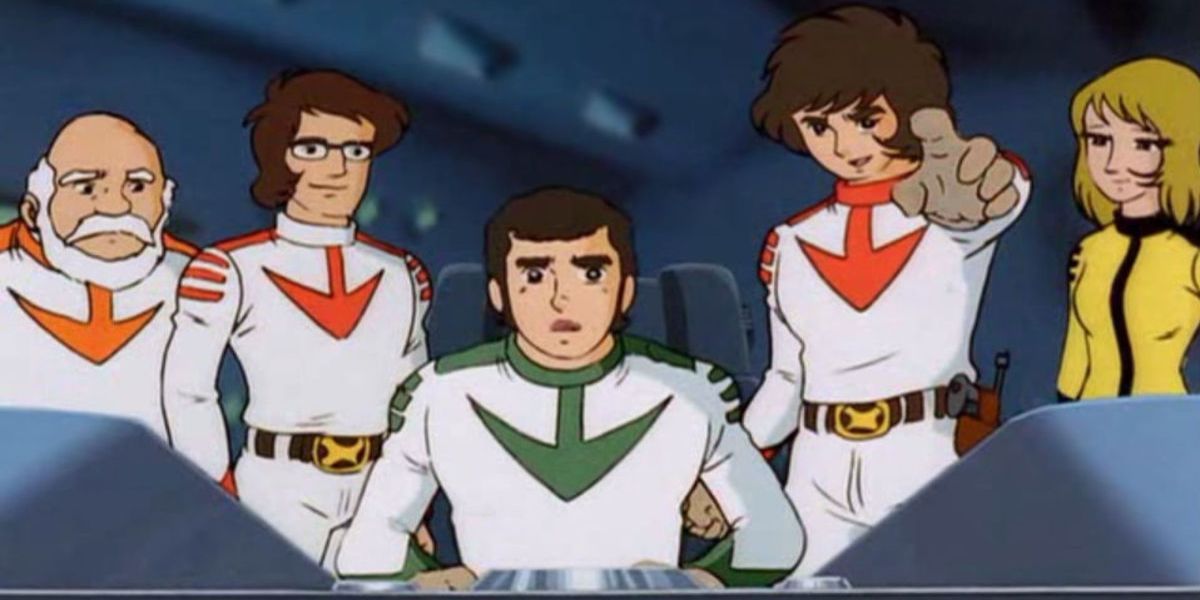
Normally,Battle of the Planetswould be paired on a weekday afternoon schedule with some other anime. One that, even today, is accounted the best in its genre of infinite opera. This wasSpace Battleship Yamato.It's known to North American audiences asStar Blazers.
The series introduced some new concepts to the English-speaking marketplace. Even in its dubbed version, it included mature concepts related to war. Though not gory, it could be intense. The other thing it did was bring in an overreaching plot and storyline that had to be viewed in club. This is something anime would embrace in later years for its time to come programs.
Source: https://www.cbr.com/first-anime-imports-united-states/
Posted by: behlerquied2000.blogspot.com

0 Response to "When Was Anime First Introduced To America"
Post a Comment